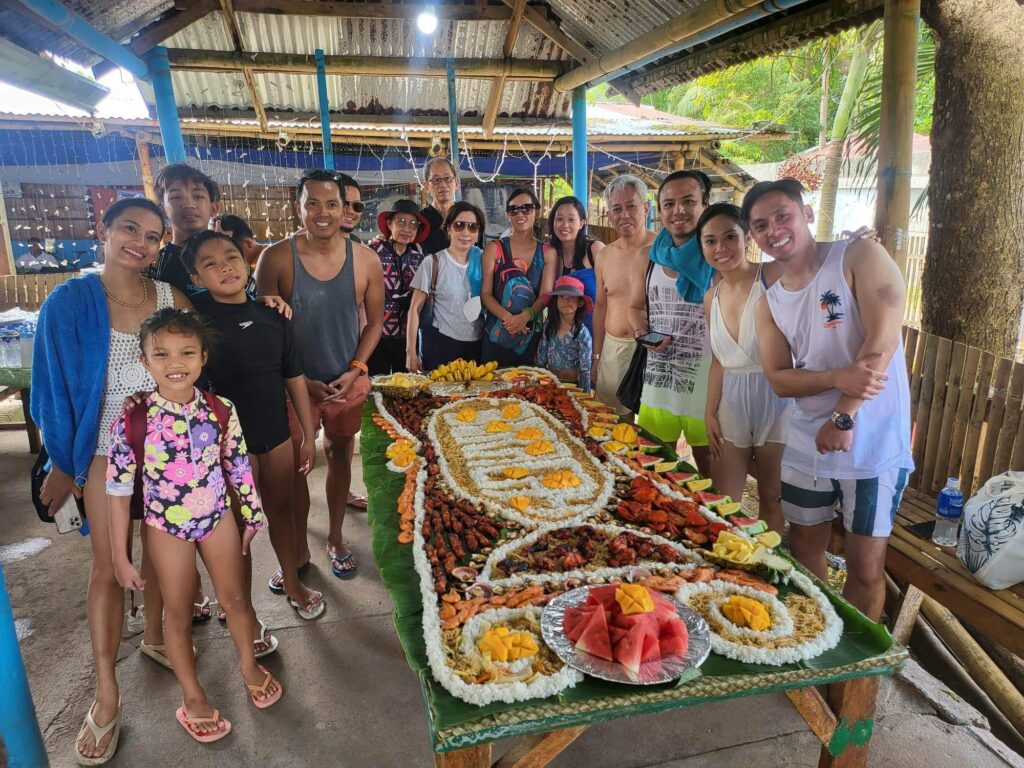By Katrina Dizon Mariategue. This article originally appeared on SEARAC’s blog.
As we celebrate Asian Pacific American Heritage Month in May, I reflect deeply on what it means to be both Asian and American. I identify as 1.5 generation immigrant from the Philippines. While many are familiar with the immigrant story of overcoming obstacles to live and thrive in America, my story is a bit different. While my family moved us to the United States when I was 3, we eventually moved back when I was 11. I then lived in the Philippines in my formative years, going to school and even working for almost two years post-graduation before I moved to the Washington, DC, area at the age of 24.
For most of my childhood, and even through young adulthood, I found myself constantly trying to define my identity, often not feeling Filipino enough when I was in the Philippines, yet not American enough when I was in the United States. I often felt like I could blend in in both places, but I always struggled with the question “Where are you from?” or “Where is your hometown?”.
In my 20s and early 30s, I was pretty good about visiting Manila every few years. It always felt like coming home. But then life kept moving along and the next thing I knew, I was building my adult life in the United States, getting married, buying a home, and starting a family. Then COVID hit and I felt like home really took shape in my community here—the only country my daughter has ever known.
As COVID calmed down and life started to resume like “normal”, I convinced my husband that it was time to take a family trip to the Philippines in December 2022– my first time back in 11 years (and over 15 for my husband). We did a lot to prepare physically (vaccinations, mosquito repellent, medication, and sunblock!) and mentally (mainly for the horrible holiday traffic). Culturally, we talked to our daughter a lot about norms, traditions, familial obligations, and most of all, the extreme poverty she would likely witness in ways she’s never seen before. What I didn’t prepare for as much was the emotional impact of coming home after more than a decade- seeing the house I grew up in and the schools I had attended, reuniting with family and friends, introducing my husband and daughter to relatives they had never known, meeting new nieces and nephews (cousins for my daughter), and meeting my husband’s side of the family and seeing where they grew up.

Katrina and her family in the Philippines (Photo courtesy of Katrina)
At the airport on our way home, my daughter asked, “When can we come back to the Philippines?”. I came home with a full heart, but a heavy heart. As we celebrate Asian Pacific American Heritage Month, I’m reminded that our communities are not a monolith, and a dual identity isn’t two different halves of one whole but the same whole brimming with rich tradition, culture, family, community, and love. I’m one of the lucky ones who can call two countries my home.
The opinions expressed in this article are those of the author and do not necessarily reflect those of the Diverse Elders Coalition.

